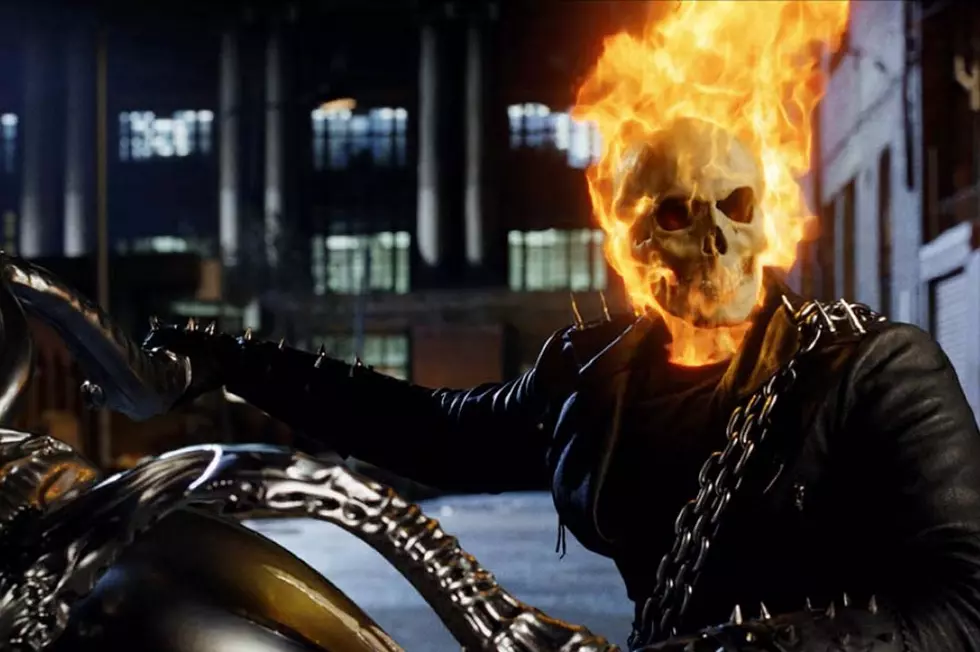
Of Snowmen And Mortality: A Tribute To Raymond Briggs
If you grew up in the 1980s, The Snowman was inescapable, especially around Christmas. Not Frosty, you understand, but the nameless, wordless living Snowman in the green hat and scarf, who befriended a little boy and took him on a magical adventure. Even children of the time understood on some level that this was a different sort of Snowman, more contemplative in his nature, more artistic in his realization. The Snowman wasn't a commercial product, like Frosty the Snowman has almost always been. It's the creation of an artist with vision, Raymond Briggs, and while it's certainly the most prominent, it's far from his only contribution to art and culture.
Raymond Briggs was born on January 18, 1934, in Wimbledon, Surrey, England. His father was a milkman and his mother was a former lady's maid. His father discouraged his love for cartooning, encouraging him to pursue more lucrative professions. Briggs studied painting at Wimbledon School of Art, and typography at Central School of Art. He was drafted into the Signal Corps, where his artistic skills were put to work as a draughtsman. After two years of service, he attended Slade School of Fine Art at University College in London, graduating in 1957 with a degree in painting.
After college, he found work as a children's illustrator, bringing to life English fairy tales and Mother Goose rhymes. He also began teaching illustration at the Brighton School of Art. In 1964 he was a runner-up for the Kate Greenaway Medal, a British award for children's book illustration, for his work ona collection of nursery rhymes called Fee Fi Fo Fum. He won the Medal two years later for an illustrated edition of Mother Goose.
In 1973 he published Father Christmas, a children's book in comics format about a grumpy Santa who complains about the "blooming snow." The book was well-received and popular, earning Briggs another Kate Greenaway Medal. A sequel, Father Christmas Goes on Holiday, was published in 1975.
Briggs' third comic book, Fungus the Bogeyman, came out in 1977. It's the story of a work-a-day monster named Fungus, who has a bit of a crisis about the purpose of his job scaring humans. There's a great deal of fun world building in the book, which details how bogeymen differ from surface humans, who they call drycleaners, because they're so baffled by the human preference to be clean and dry, instead of dank and dirty like monsters prefer.
After the grit and grime of Fungus the Bogeyman, Briggs wanted something totally different. Something with cleaner lines, more pleasant imagery, and no words. So that's how 1978's The Snowman was born.
Because of the animated adaptation and the associations of its imagery, people tend to think of The Snowman as a Christmas story, but those elements were added for animation. There is no Christmas in the book of The Snowman, only winter. The story is simple and silent, beautiful and sad. A boy builds a Snowman and at midnight it comes alive to be his friend. They have dinner together, and then the Snowman takes the boy flying, showing him many beautiful sights. The next morning the boy wakes up to find that the Snowman has melted. It's a story about mortality, but also about wonder. It's a very moving book, and worth a revisit even for adults.
Briggs took themes of mortality to a far darker place in his next book, 1982's When the Wind Blows, a graphic about an English couple who try and fail to survive a nuclear war. Jim and Hilda Bloggs build a fallout shelter and do their best to follow the government's advice for survival, but ultimately they're all on their own, and don't stand a chance in the face of the apocalypse. The book was adapted into an animated film in 1986.
In the '90s Briggs wrote more graphic novels, such as The Man, about a child's friendship with a tiny homunculus, and Ethel & Ernest, which tells the story of his parents' marriage. In his old age, Raymond Briggs is known as a bit of a curmudgeon, and shows little interest in the money and acclaim he's earned. He lives in a small house Westmeston, Sussex, leading a quiet life that you might never suspect was that of one of the most important figures in British comics and illustration.
More From ComicsAlliance









